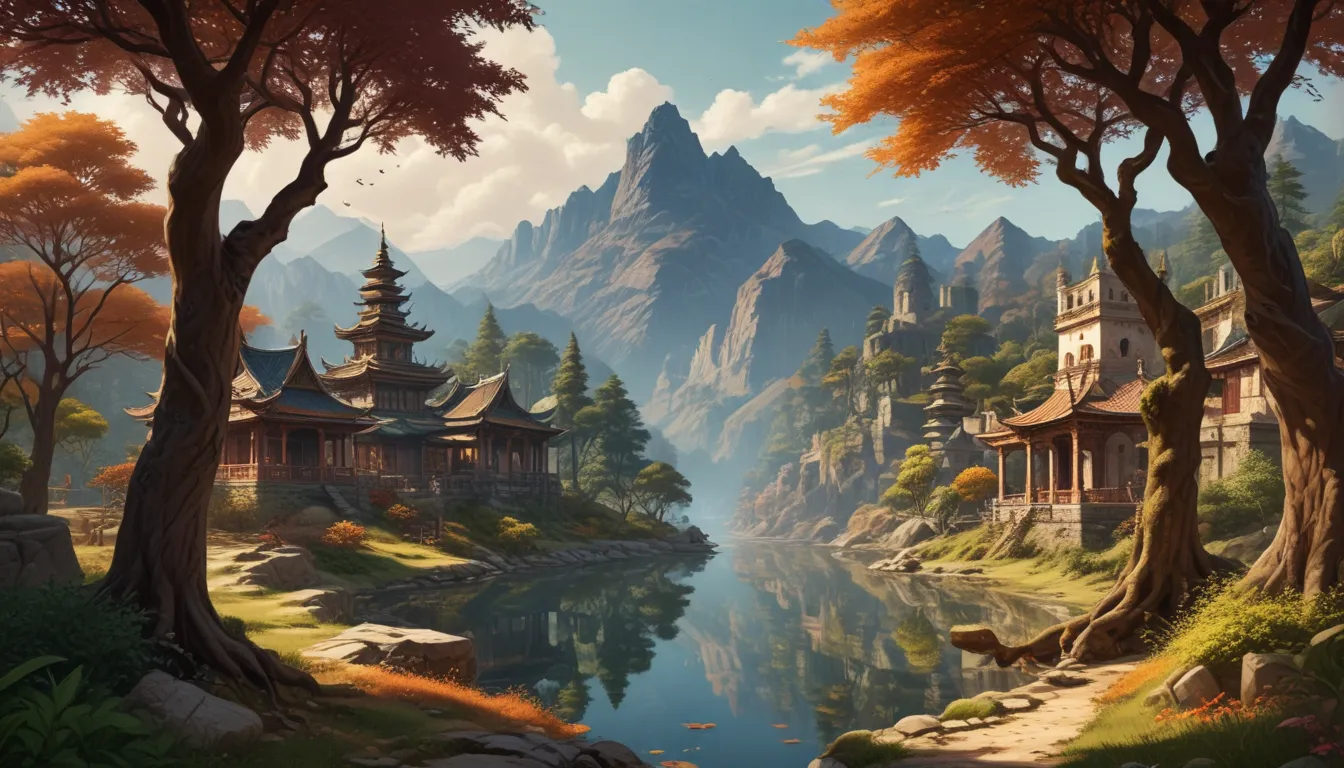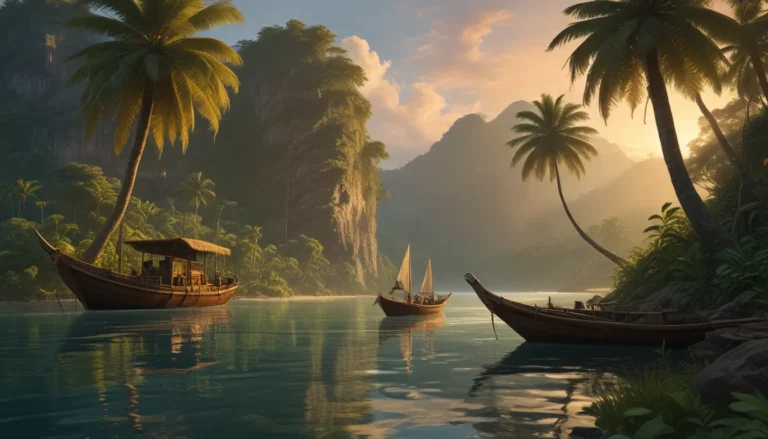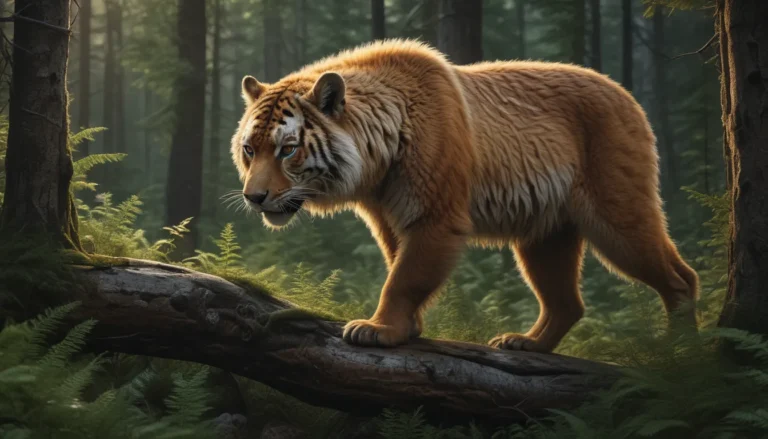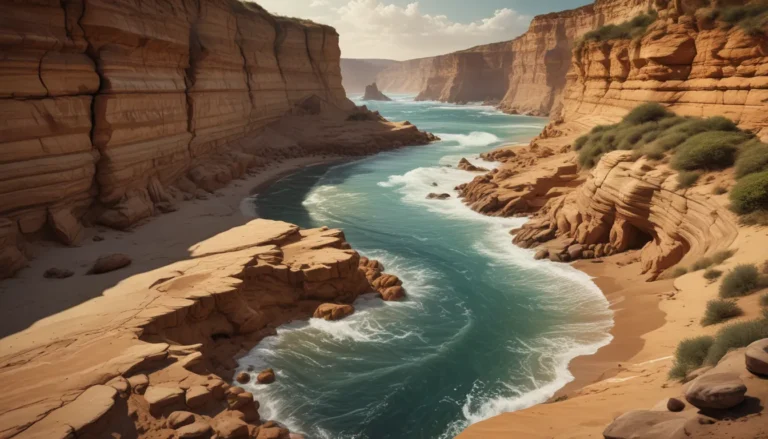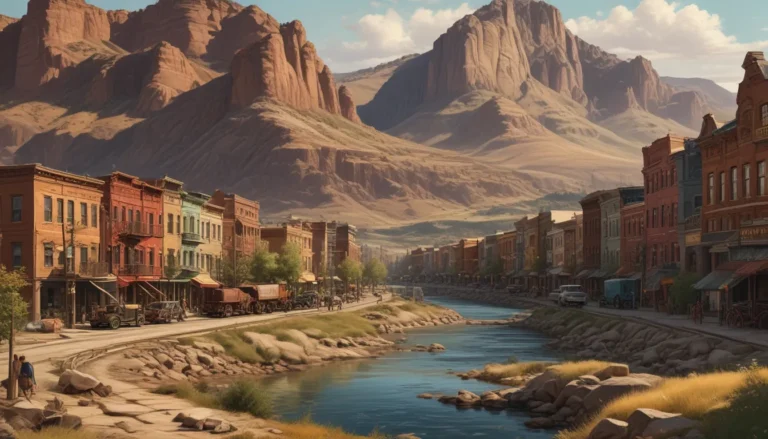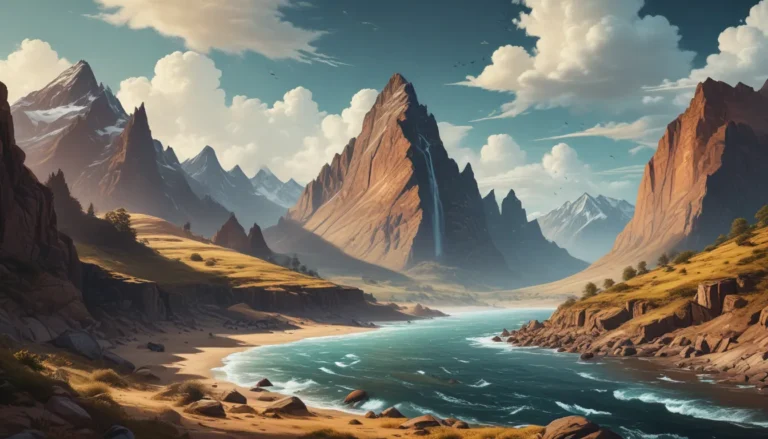A Note About Images: The images used in our articles are for illustration purposes only and may not exactly match the content. They are meant to engage readers, but the text should be relied upon for accurate information.
Cultural regions and landscapes are captivating facets of our diverse world, offering a window into the unique identities, traditions, and histories of different groups of people. Delving into these regions not only enriches our understanding of the world but also immerses us in a rich tapestry of cultural experiences. In this article, we will uncover 19 astounding facts about cultural regions and landscapes, showcasing the remarkable diversity and beauty found around the globe. Prepare to be amazed by the wonders of the Great Barrier Reef, the mysterious Nazca Lines, the vibrant traditions of the Maasai people, the iconic architecture of the Taj Mahal, and much more. Let’s embark on a journey to discover the fascinating tapestry of cultural regions and landscapes that make our world truly extraordinary.
Unveiling the Diversity of Cultural Regions
Cultural regions encompass a vast array of customs, traditions, and beliefs that define the various communities across the globe. From the vibrant festivals of India to the serene tea ceremonies of Japan, these regions offer a treasure trove of cultural experiences that shape everything from language to cuisine and art.
Enriching Cultural Identities through Landscapes
The geographical features of a region, such as mountains, deserts, and rivers, often influence the cultural identity of its inhabitants. For example, the nomadic tribes of Mongolia have cultivated a rich horse-riding culture influenced by the vast steppes they have called home for centuries.
Embracing Language Variations in Cultural Regions
Language variations are often influenced by cultural regions, reflecting the diverse landscapes and traditions of a particular area. In Spain, the cultural diversity has led to variations in the Spanish language, with different dialects such as Castilian, Catalan, and Galician.
Discovering the Significance of Sacred Sites
Sacred sites hold profound cultural and spiritual significance within cultural regions, symbolizing the deep-rooted traditions and beliefs of a community. The ancient city of Machu Picchu in Peru, nestled high in the Andes Mountains, stands as a testament to the ingenuity and spirituality of the Inca civilization.
Sampling the Flavors of Cultural Diversity
Cultural regions are renowned for their unique cuisine, which reflects the local flavors, ingredients, and cooking techniques of the area. Whether savoring the fiery curries of India or the delicate sushi of Japan, each region’s culinary delights tell a story of its cultural heritage.
Celebrating Heritage through Festivals
Festivals play a crucial role in preserving and celebrating cultural traditions within a region, showcasing the vibrant heritage and traditions of the area. The Carnival in Rio de Janeiro, Brazil, with its music, dance, and elaborate costumes, is a dazzling display of cultural richness.
Preserving Tradition in Art Forms
Traditional art forms, from painting to sculpture to dance, are deeply rooted in cultural regions, capturing the essence of a community’s heritage. The intricate sand mandalas created by Tibetan monks not only captivate with their beauty but also convey profound cultural symbolism and mindfulness.
Reflecting Values in Architectural Marvels
Architecture within cultural regions often mirrors the values and beliefs of the community, portraying a profound connection to their cultural heritage. The majestic temples of Angkor Wat in Cambodia exemplify the devotion and spirituality of the Khmer civilization through their grandeur and intricate carvings.
Bridging Cultures through Music
Music transcends cultural boundaries, serving as a universal language that connects people from different regions. Whether it’s the soulful blues of the Mississippi Delta or the rhythmic beats of the African djembe, music allows us to experience the diverse cultural tapestry of the world.
Honoring Craftsmanship in Cultural Regions
Traditional craftsmanship, such as pottery, weaving, and woodcarving, is revered and passed down through generations within cultural regions, showcasing the skill and artistry of the community. The intricate lacquerware of Myanmar and the delicate porcelain of China are testaments to the craftsmanship of these regions.
Influencing Fashion Trends through Culture
Fashion trends in different regions are often influenced by cultural traditions and styles, reflecting the unique identities and values of a community. From the bold patterns of African tribal fashion to the graceful kimono of Japan, cultural regions have a significant impact on global fashion.
Embracing Belief Systems Rooted in Tradition
Belief systems, including religions and spiritual practices, are deeply entrenched in cultural regions, shaping the spiritual beliefs and connection to the land. The Dreamtime stories of indigenous communities in Australia exemplify how cultural regions influence belief systems and cultural identity.
Inspiring Creativity in Film and Entertainment
Cultural regions serve as a wellspring of inspiration for films and entertainment productions, allowing audiences to explore diverse cultures and traditions. The vibrant Bollywood films of India, for instance, showcase the rich cultural tapestry and traditions of the region to a global audience.
Evolving Traditions in Cultural Regions
Cultural regions are dynamic entities that evolve and adapt to changing times, embracing new influences while preserving their unique identities and traditions. Through this continuous evolution, these regions maintain their cultural richness and relevance in a rapidly changing world.
Unraveling the Tapestry of Cultural Regions
Cultural regions and landscapes offer a captivating glimpse into the diverse and unique characteristics of different areas around the world. From the vibrant cultures and traditions to the breathtaking natural beauty, these regions provide a wealth of knowledge and experiences to explore. By understanding the historical, social, and environmental factors that shape these regions, we gain a deeper appreciation for the interconnectedness of our planet and the diversity of human societies.
Embark on a Journey of Discovery
Whether you’re exploring the ancient ruins of Machu Picchu, experiencing the colorful festivals of India, or marveling at the stunning fjords of Norway, cultural regions and landscapes have something to offer everyone. Pack your bags and embark on a journey to discover the astounding wonders that await in these unique corners of the world.
Frequently Asked Questions
-
What are cultural regions?
Cultural regions are areas that share common cultural traits, such as language, customs, beliefs, values, and traditions, defining the identity of the community. -
How are cultural regions formed?
Cultural regions are shaped by historical, social, and environmental factors, including migration, historical events, cultural diffusion, and geographic influences. -
What are some famous cultural landscapes?
Iconic landmarks like the Great Pyramids of Giza, the Taj Mahal, the Great Wall of China, and the Acropolis exemplify famous cultural landscapes around the world. -
How do cultural regions impact society?
Cultural regions contribute to the formation of identities, preservation of heritage, promotion of cultural diversity, and influence social practices, economic activities, and political structures. -
Can cultural regions change over time?
Yes, cultural regions can evolve due to globalization, migration, technological advancements, and societal shifts, leading to the emergence of new cultural regions and the blending of different cultures.
Our commitment to delivering trustworthy and engaging content is evident in each fact shared on our site, contributed by real users like you. This collaborative effort ensures a diverse range of insights and information that are not only fascinating but also credible. Explore and learn with confidence, knowing that our dedication to quality and authenticity informs every aspect of our content.
